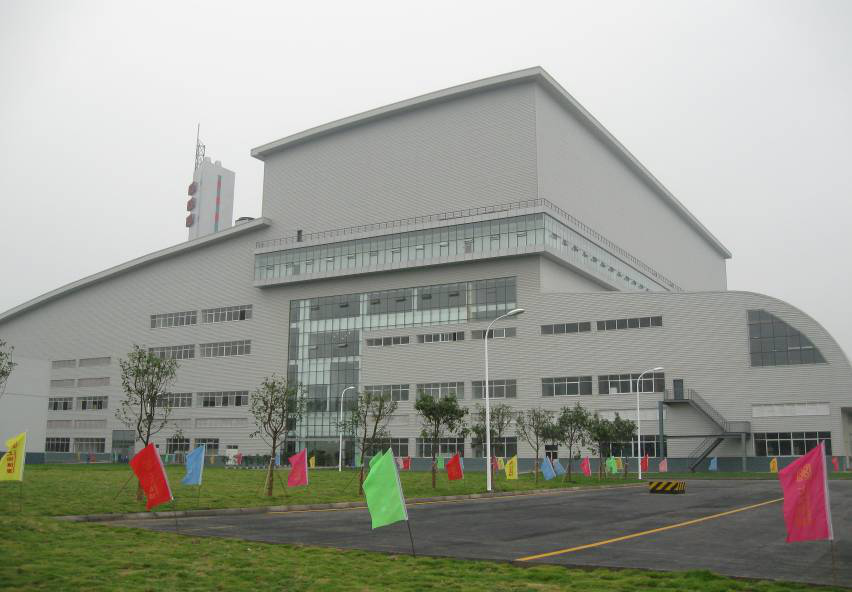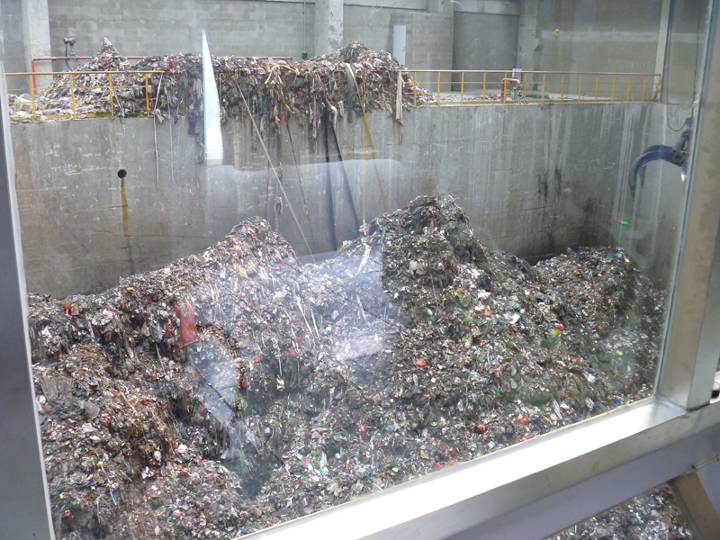Waste incineration power generation
|
Introduction to waste incineration power generation technology
|

|
|
Waste incineration power generation process flow chart
|
|
|
|
Technical advantages
1. The mechanical grate tilts and reverses the movement, the maintenance cost is low, the grate air cooling is efficient, and the grate piece has a limited life.
2. It has SNCR\SCR flue gas denitration technology. Curing dry, semi-dry, wet flue gas deacidification technology, bag dust removal, electrostatic dust removal and other flue gas treatment technologies, all emission indicators fully meet the current EU standards, and can be customized for the "near zero emissions" program.
3, leachate treatment technology uses "pretreatment + IOC + A / O + UF + chemical softening + TIUF + RO / DTRO" new generation process combination technology, with low energy consumption, low operating costs, high efficiency, high yield, full reuse The characteristics of secondary pollution, etc., to achieve the "full amount of reuse" of leachate.
|
|
 |
|
|
|